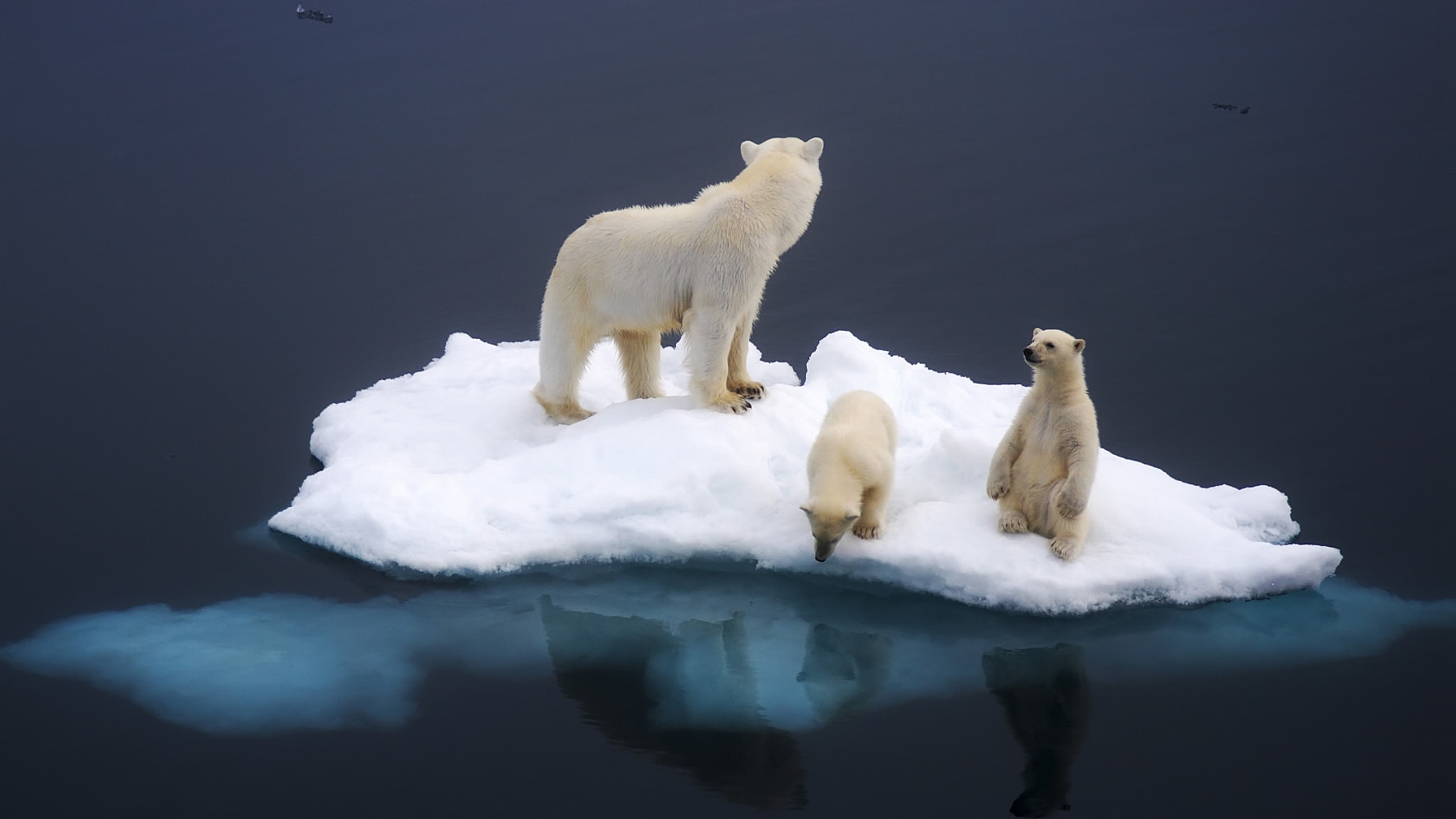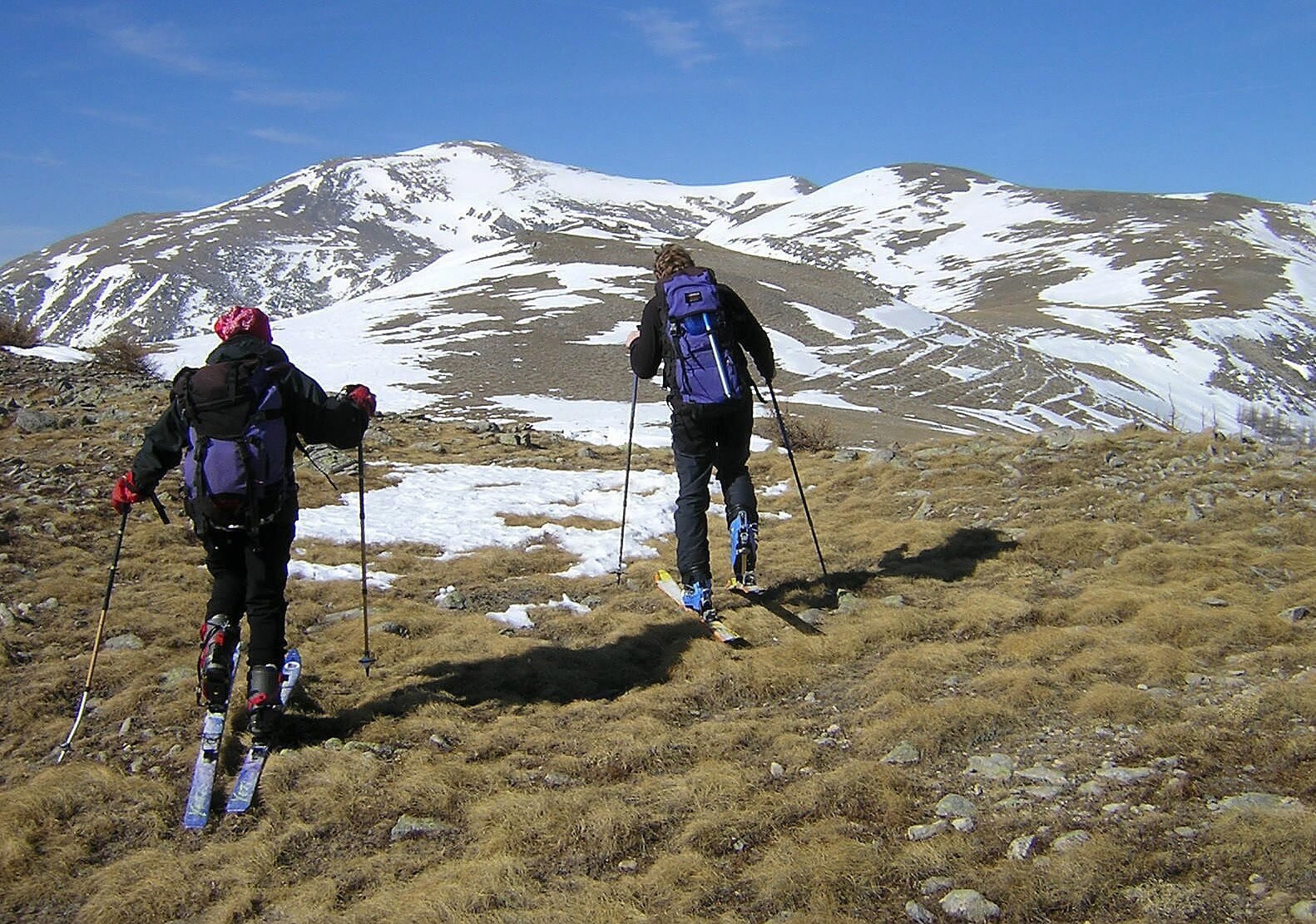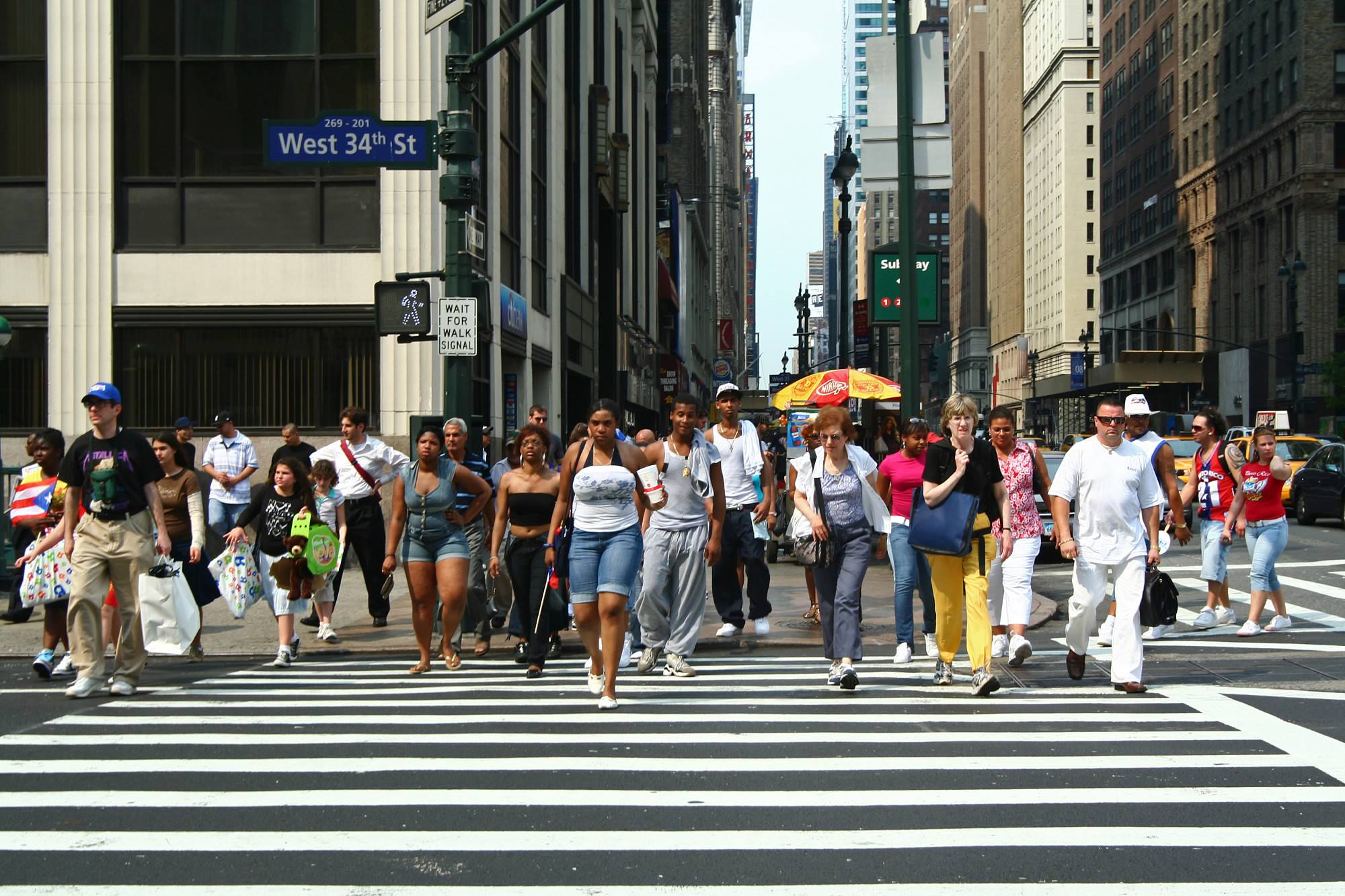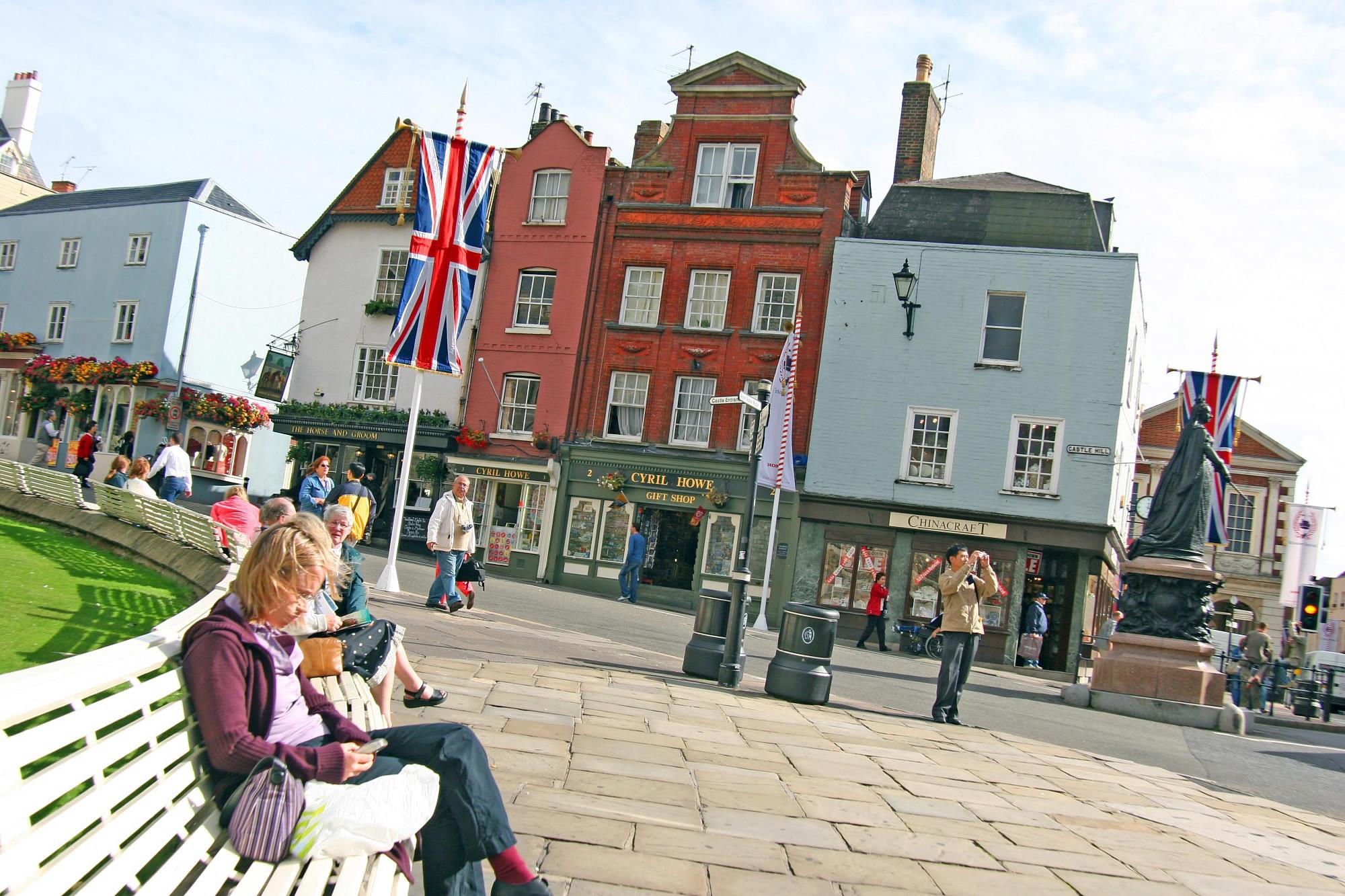Time to ditch the polar bears: climate change looks for a new image

What does climate change look like? For many people, the first – or perhaps only – image that comes to mind is of smokestacks, or polar bears perched on ice floes.
“If you go to Google and click on climate change images, you have to go a long way before you hit many images of people,” says Adam Corner, research director at Climate Outreach, an Oxford-based thinktank that aims to boost public engagement on climate change.

Global warming consequences in the department of Alpes Maritimes, in the southern French Alps. People can't ski-walk on the peaks as they used to be able to. /VCG Photo
But climate change already is affecting billions of people around the world, from farmers in Zimbabwe experimenting with new crops to battle drought to grandmothers in India who earn cash selling solar home lighting systems, or children in the United States coping with a longer allergy season.
Getting more of those people-focused images into the media, into NGO campaigns and into other public communications could help more people identify with the problem, see the opportunities and understand the need for action, Corner said.

New York, United States /VCG Photo
“There’s nothing wrong with polar bears,” he said. “But they’re very distancing images. They identify climate change as something that happens far away where most people’s lives aren’t. They don’t do justice to the richness of the human experience of climate change.”
In an effort to widen that narrow view, Corner’s organization has launched a new portal for climate change images.
Inspired by Facebook executive Sheryl Sandberg’s Lean In – which has worked to make sure online searches for images of women offer up more than just lingerie models – the Climate Visuals portal showcases a diverse range of climate change photographs drawn from stock photo agencies.

London, United Kingdom /VCG Photo
Images so far, provided by early partners such as US-based Aurora Photos, include US homeowners installing attic insulation, women in Burkina Faso pumping scarce water, and European researchers studying the migration of grasses in the Alps.
There are scientists monitoring glaciers too – but no polar bears.
“The question is, if you make a change upstream in what’s available, can you politically influence the way people think about that issue?” Corner said. “Climate change has gotten stuck behind some iconic but limited images. We’re trying to kick start a broader, more diverse visual language for it.”
(Source: Thomson Reuters Foundation)
Related stories:
Arctic Report Card reveals accelerated effects of climate change
Polar climate change worsened smog in China: US study
Climate change in Arctic may contribute to extreme cold winters: study
